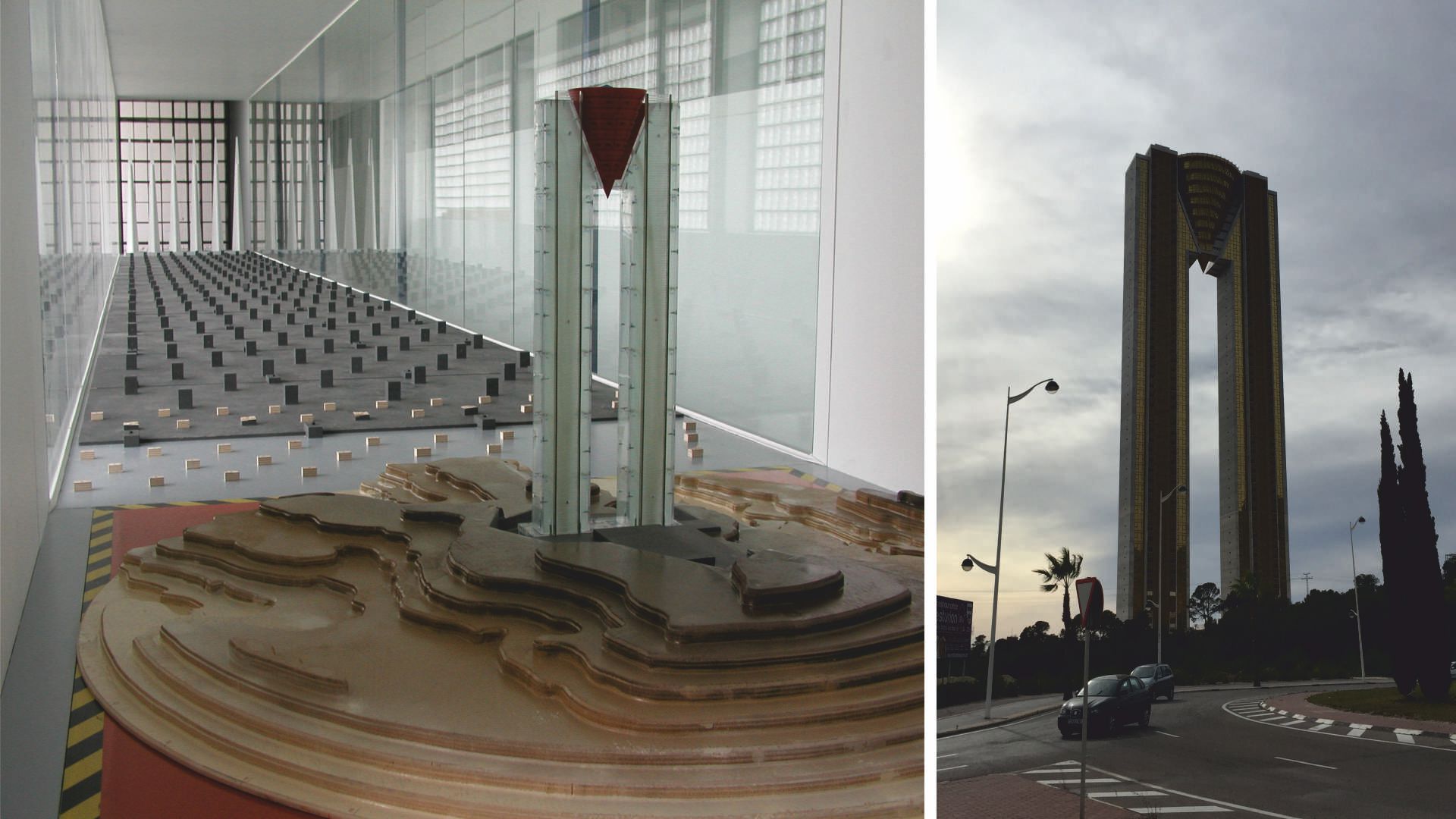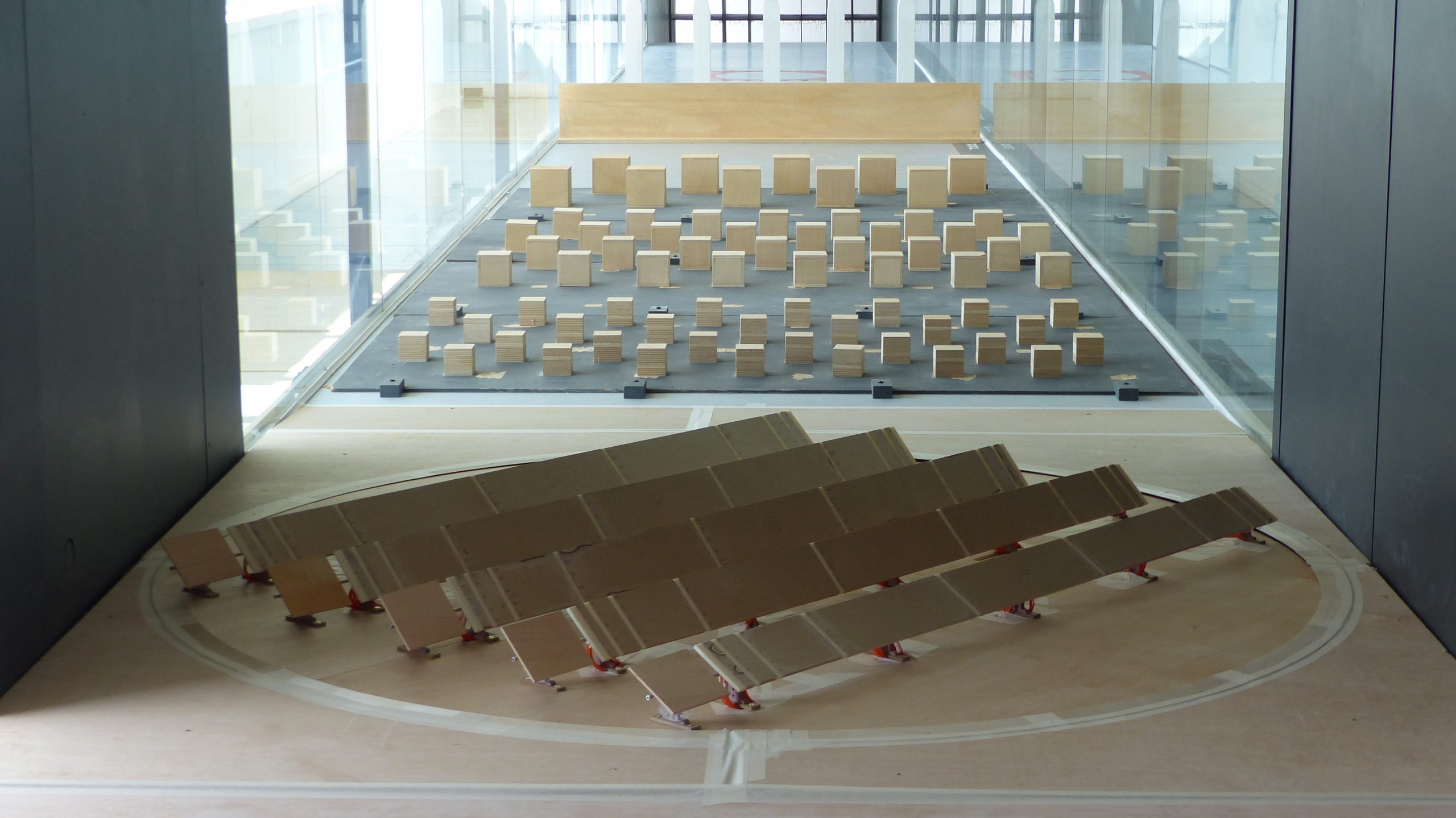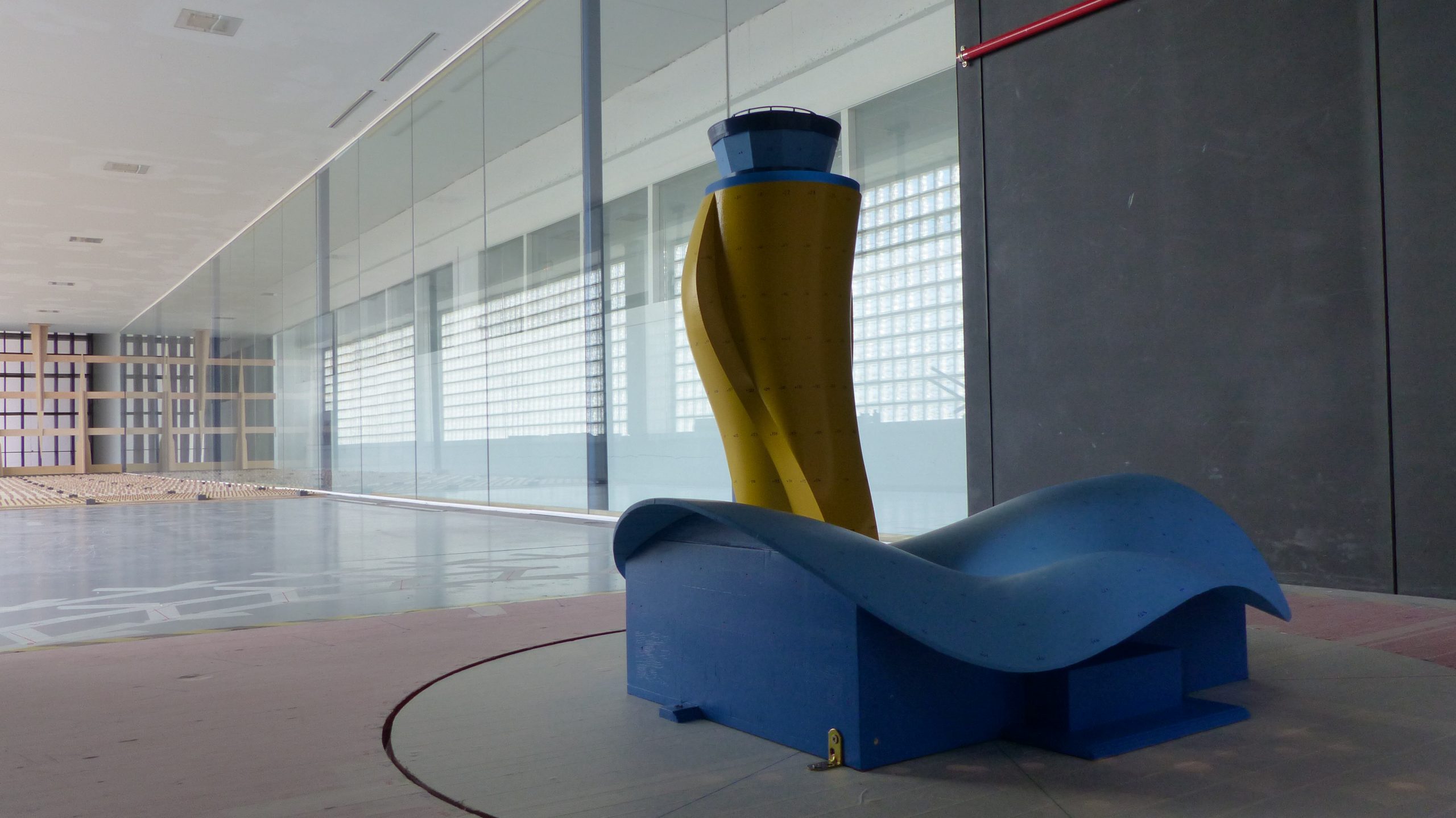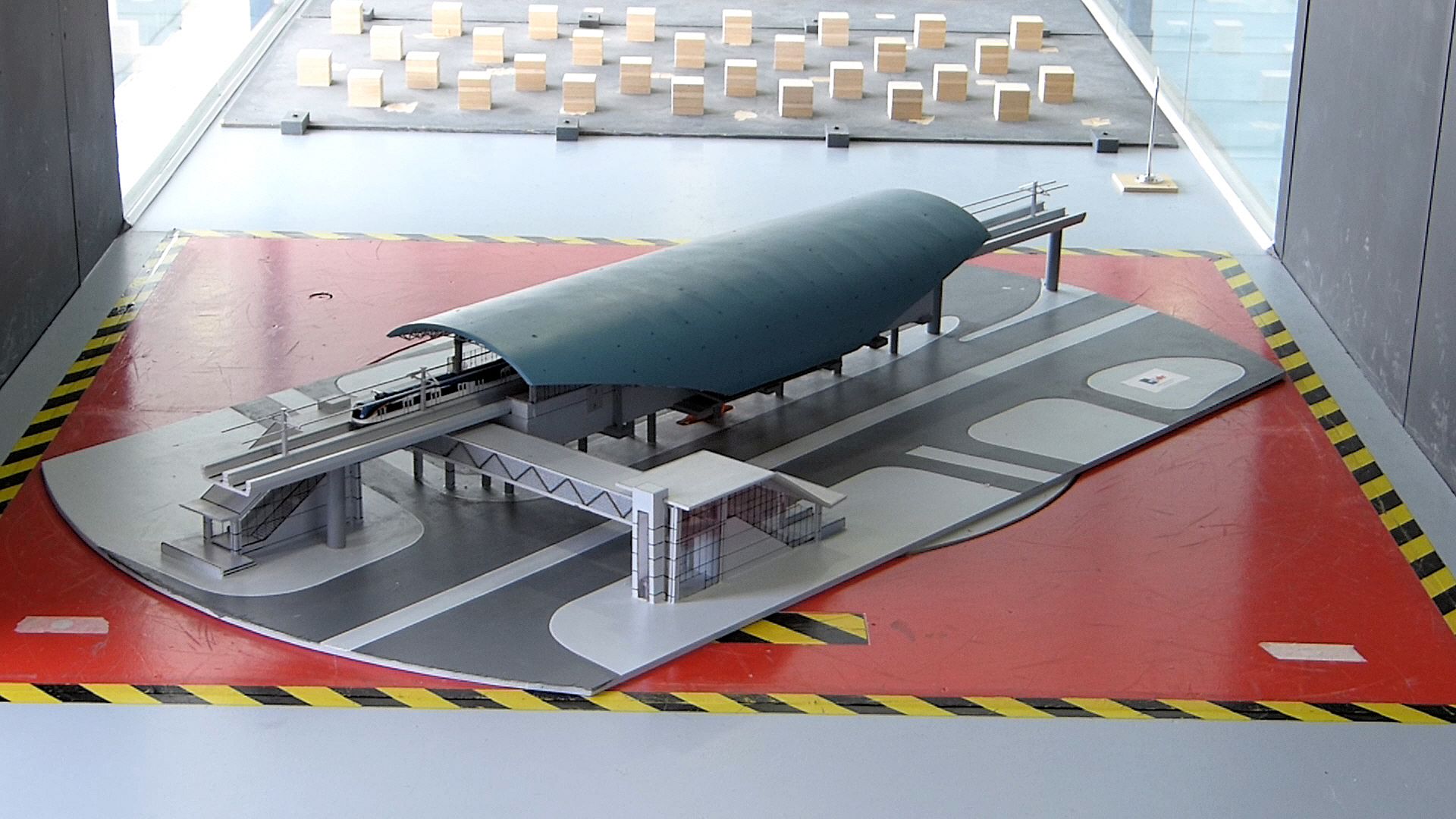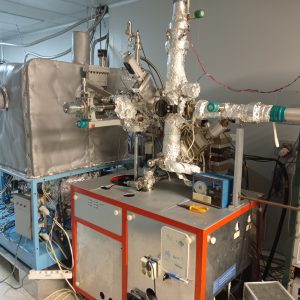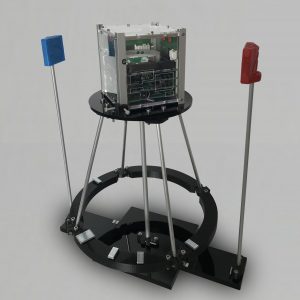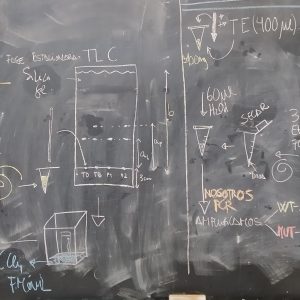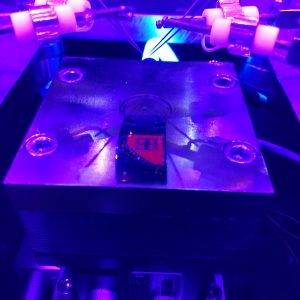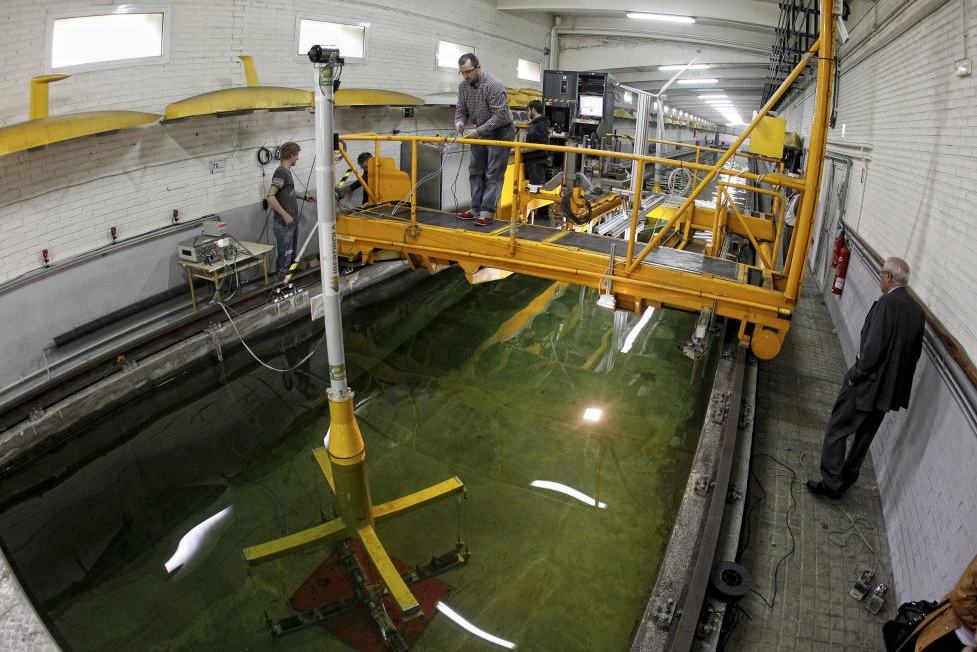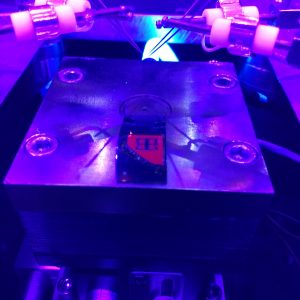Applied Aerodynamics Group
Aerodynamics Laboratory
The IDR-UPM Aerodynamics Laboratory has eight aerodynamics tunnels providing extensive capacity for various lines of research relating to basic and applied Aerodynamics.
Description of the services offered
A study in the wind tunnel consists of subjecting a duly instrumented test model to the wind flow generated in the tunnel. The aim of a tunnel test depends on the application, but the most common is to determine the pressure and load distributions that the wind generates on a body where there is a relative velocity between the two.
Needs requested and applications
In the design of civil structures, the information available in the regulations refers to a limited range of forms and a geometry that is liable to be expressed according to very few geometric parameters. Furthermore, the codes give rise to a certain overestimation of wind loads, which has a direct effect on the cost of a project.
Therefore, if the geometry of the building cannot be equated to what is set out in the calculation codes, or if it is considered essential to reduce uncertainty about wind loads due to costs or safety, experimentation in aerodynamic tunnels must be resorted to.
Sector or area of application
- Civil engineering.
- Renewable energy.
- Aeronautical industry.
Differential skills
The ACLA16 aerodynamic tunnel is unique in Spain, with the capacity to simulate the atmospheric boundary layer, as required by all the regulations for calculating wind load on buildings (Eurocode, ASCE 7-16 and ISO 4354).
Previous references for provision of services
The IDR/UPM has been the leading centre for wind engineering in Spain for more than 40 years. We collaborate with engineering and architecture companies to search for solutions to the problems associated with wind in civil structures.
More than 300 civil construction tests have been carried out in the wind tunnels, including analysis of very tall buildings, large roofs, bridges, solar energy plants, pedestrian comfort and analysis of special structures.
See: https://short.upm.es/he5i4
Equipment description
The experimental aerodynamics facilities at the Universidad Politécnica de Madrid are divided between the Science and Technology Park at the Universidad Politécnica de Madrid, on the Montegancedo Campus, and the Ciudad Universitaria, in the HTSE for Aeronautics and Space.
The IDR/UPM has 8 wind tunnels, providing an extensive capability for aerodynamic tests in various engineering applications. The most noteworthy tunnels are:
- ACLA-16 tunnel: With a 2.2 metre edgewise square section testing chamber and equipped with 16 fans supplying a total power of 120 kW, the ACLA 16 enables a maximum speed of 35 m/s to be reached. The ACLA16 wind tunnel has the capability of simulating the atmospheric boundary layer. Although it is a multi-purpose wind tunnel, the intrinsic ability of the tunnel to simulate the atmospheric boundary layer means that it fundamentally provides services for tests relating to Civil Aerodynamics and wind energy. Nevertheless, its large size and good turbulence level also make it suitable for low speed aeronautical analysis.
- A9 tunnel: This is a suction-type tunnel, with an enclosed testing chamber and open flow circuit (Eiffel type) It has been in operation since 1998 and more than 250 tests of very different types and uses have been carried out. Its testing chamber is 1.8m high and 1.5m wide and reaches speeds of up to 35 m/s with a reduced turbulence index.
- S4C tunnel: The S4 wind tunnel was specifically design and built for anemometer calibration. The flow in the testing section and the procedures followed by the LAC/IDR comply with all the requirements demanded by ENAC, MEASNET and IECRE. It has been in operation since 2003 and, since then, has calibrated more than 25,000 anemometers. Its testing chamber reaches 30 m/s, with a turbulence strength of less than 0.1% and uniformity over 0.1%.
- AB6 tunnel: Specifically designed for dynamic testing of wind turbine aerodynamic profiles. The AB6 tunnel is equipped with a system that allows the models to be vertically displaced and turned, in such a way that simulates the bending and torque of a wind turbine blade. It is mainly used for tests to determine the dynamic features of profile behaviour and entry into deep loss.
All the IDR/UPM tunnels have been developed and built by the human and technical resources available at the Institute. Using this experience, other aerodynamic tunnels have also been developed for Spanish university institutions (León and Málaga Universities).
Request for service
To request an offer/quote send an e-mail to:


